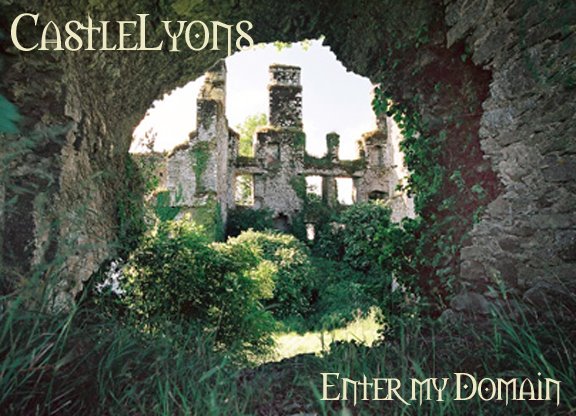If you have selected an animal for your charge, there are rules to follow regarding the position of the animal. I'm going to try to break this down into the most common rules for the most common animals.
First, let's cover beasts of prey. The most commonly used is the lion, so I'll use lion pictures to show examples of proper positions. Take note that animals will almost always face to the dexter, or right. However, it looks like the animal is facing to the left. That's because the left and right sides are determined by the manner in which the shield is held, not the manner in which you view it straight on. More on this in another blog.

Most often you will see the beast in the rampant position. This position is defined as standing on hind feet, specifically on the left hind foot with right foot raised. The head is facing forward.
If the head is facing toward the viewer, it is called "guardant." The position is then referred to as "rampant guardant."
If the head is facing toward the rear, it is called "reguardant." The position shown in the example at right is called "rampant reguardant."
 If the beast is sitting, it is called "sejant." In the case of the Lyons coat of arms, you will see that the three lions are "sejant guardant," or sitting and facing the viewer (shown at left).
If the beast is sitting, it is called "sejant." In the case of the Lyons coat of arms, you will see that the three lions are "sejant guardant," or sitting and facing the viewer (shown at left).If the beast is standing, it is called "statant." The image shown at right is "statant guardant."
If it is walking (right foreleg raised), it is called "passant." The image shown at right is "passant reguardant," or walking and facing toward the rear.
Peaceful Beasts
This category contains both wild and domestic beasts that do not hunt and eat other animals.Th e most common of these are probably the stag and the horse, so I'll use images of those two beasts to show the positions. Take note that not all peaceful beasts use the same positions or position titles; this is just a generalization to help you get started.You'll see that horse positions are often different from stag positions.
e most common of these are probably the stag and the horse, so I'll use images of those two beasts to show the positions. Take note that not all peaceful beasts use the same positions or position titles; this is just a generalization to help you get started.You'll see that horse positions are often different from stag positions.
A stag standing and facing the viewer is "at gaze."
A stag lying down with head up is "lodged."
A stag beginning a leap is "springing."
A stag running is "courant."
A stag or horse standing on left hind leg with right leg raised is "rampant."
A horse rearing (both hind feet on the ground) is "forcene."
A horse walking (right leg raised) is "trippant."
Combinations

Two rampant beasts of prey facing each other are "combatant."
Two rampant peaceful beasts facing each other are "respectant."
Any two beasts facing away from each other are "addorsed."
These are just a few of the more common poses of a few of the most common animals. If you have questions about poses I have not mentioned, feel free to contact me via a comment to this post.
Peaceful Beasts
This category contains both wild and domestic beasts that do not hunt and eat other animals.Th
 e most common of these are probably the stag and the horse, so I'll use images of those two beasts to show the positions. Take note that not all peaceful beasts use the same positions or position titles; this is just a generalization to help you get started.You'll see that horse positions are often different from stag positions.
e most common of these are probably the stag and the horse, so I'll use images of those two beasts to show the positions. Take note that not all peaceful beasts use the same positions or position titles; this is just a generalization to help you get started.You'll see that horse positions are often different from stag positions.A stag standing and facing the viewer is "at gaze."
A stag lying down with head up is "lodged."
A stag beginning a leap is "springing."
A stag running is "courant."
A stag or horse standing on left hind leg with right leg raised is "rampant."
A horse rearing (both hind feet on the ground) is "forcene."
A horse walking (right leg raised) is "trippant."
Combinations

Two rampant beasts of prey facing each other are "combatant."
Two rampant peaceful beasts facing each other are "respectant."
Any two beasts facing away from each other are "addorsed."
These are just a few of the more common poses of a few of the most common animals. If you have questions about poses I have not mentioned, feel free to contact me via a comment to this post.









No comments:
Post a Comment